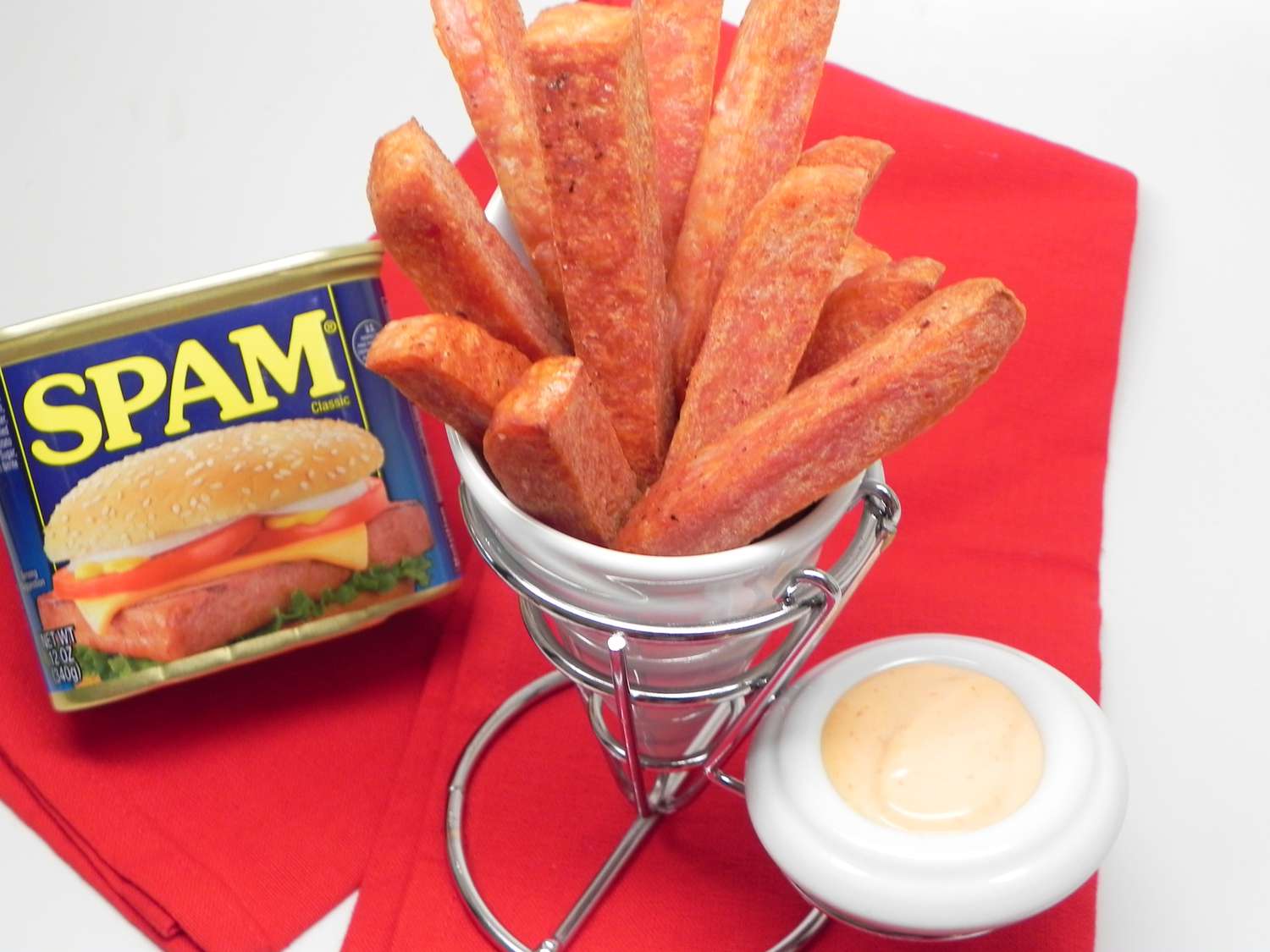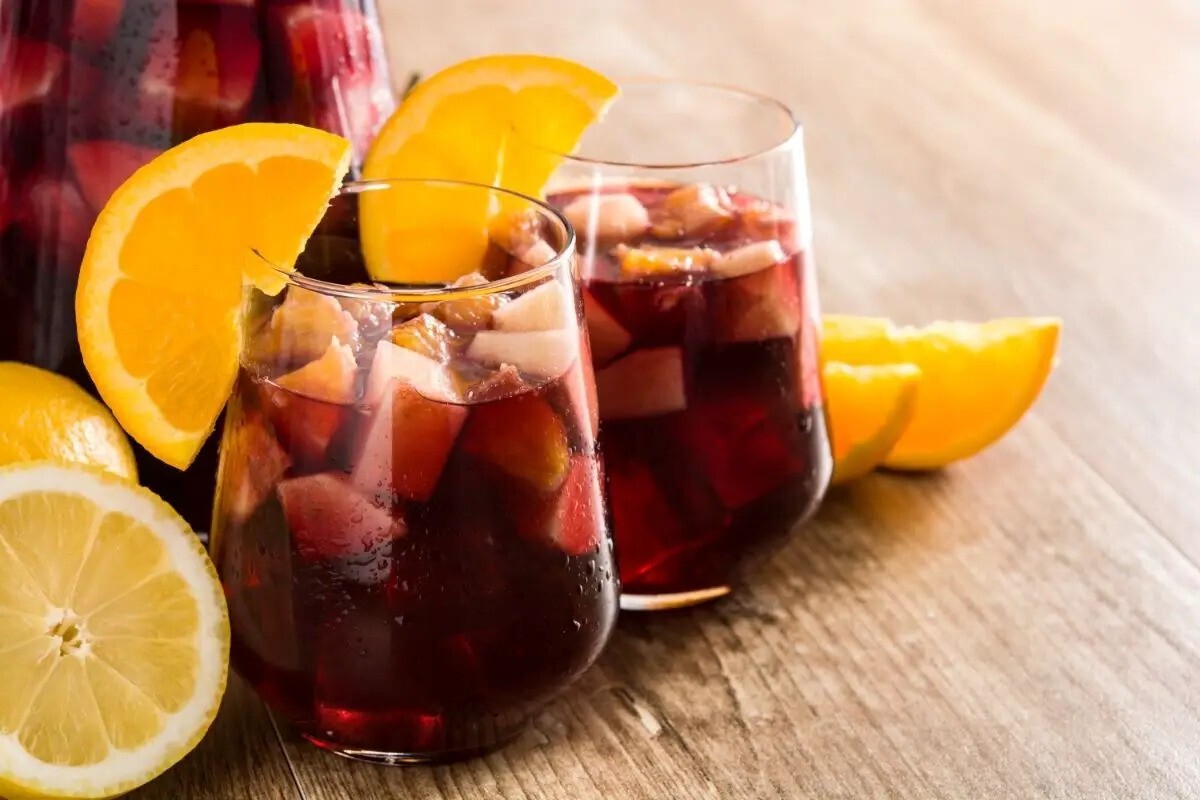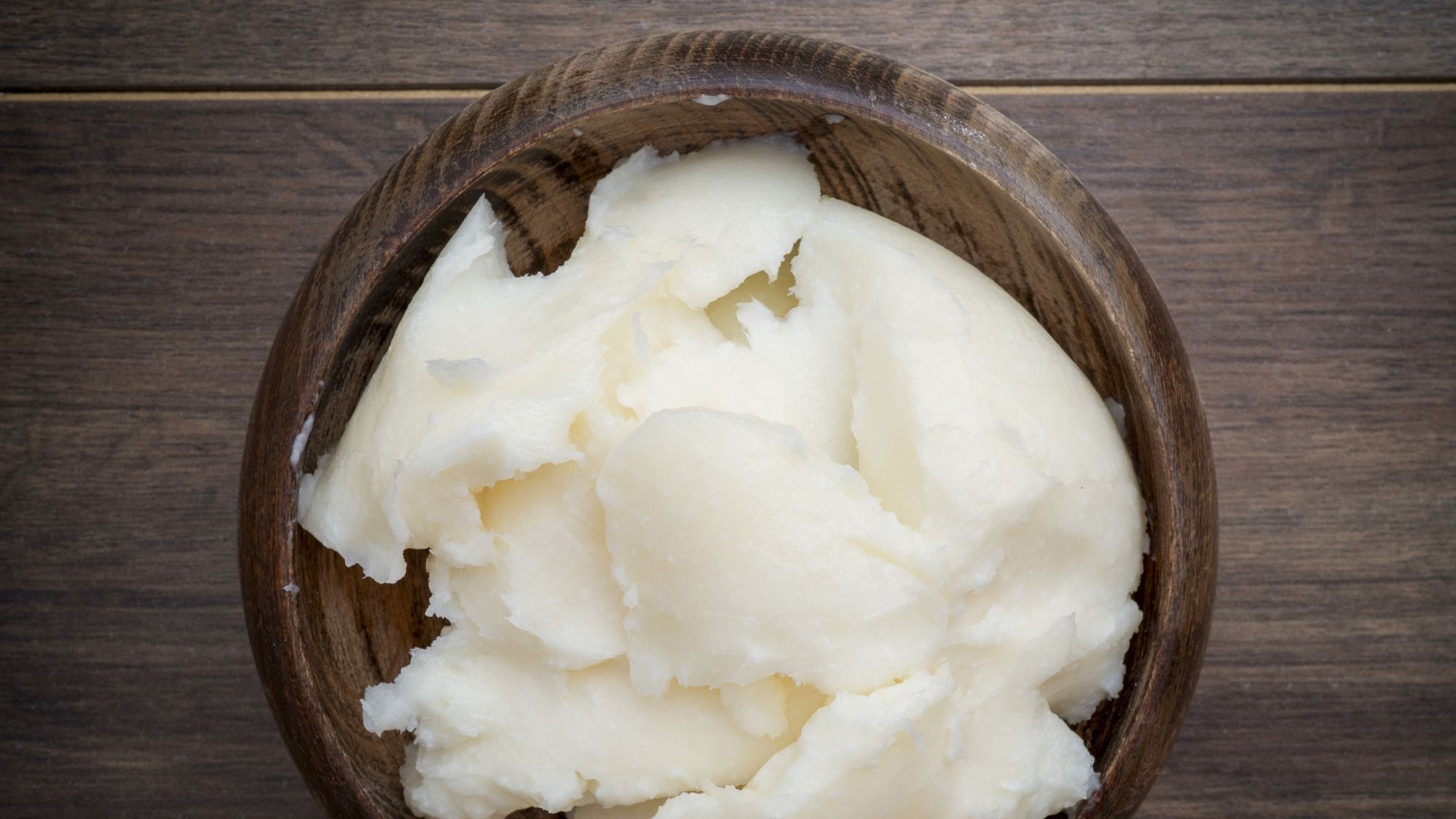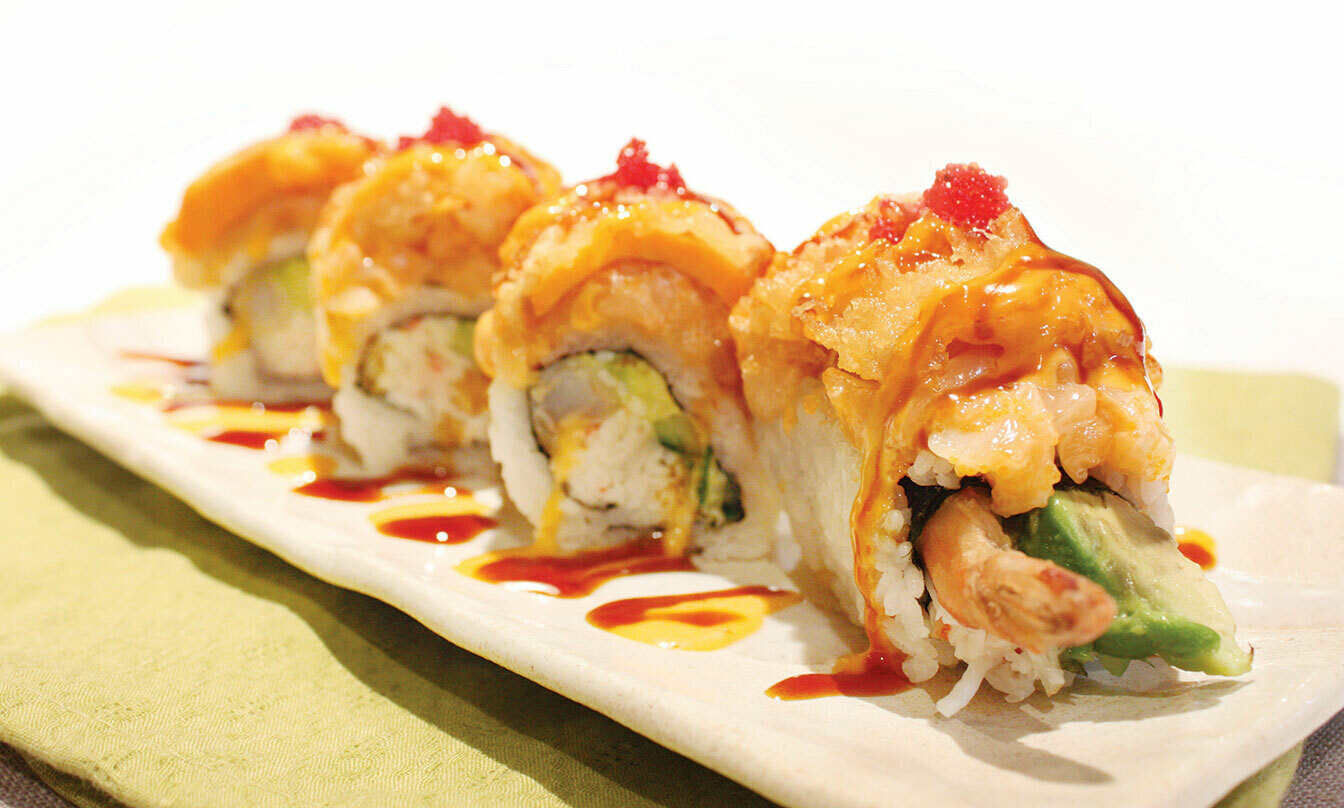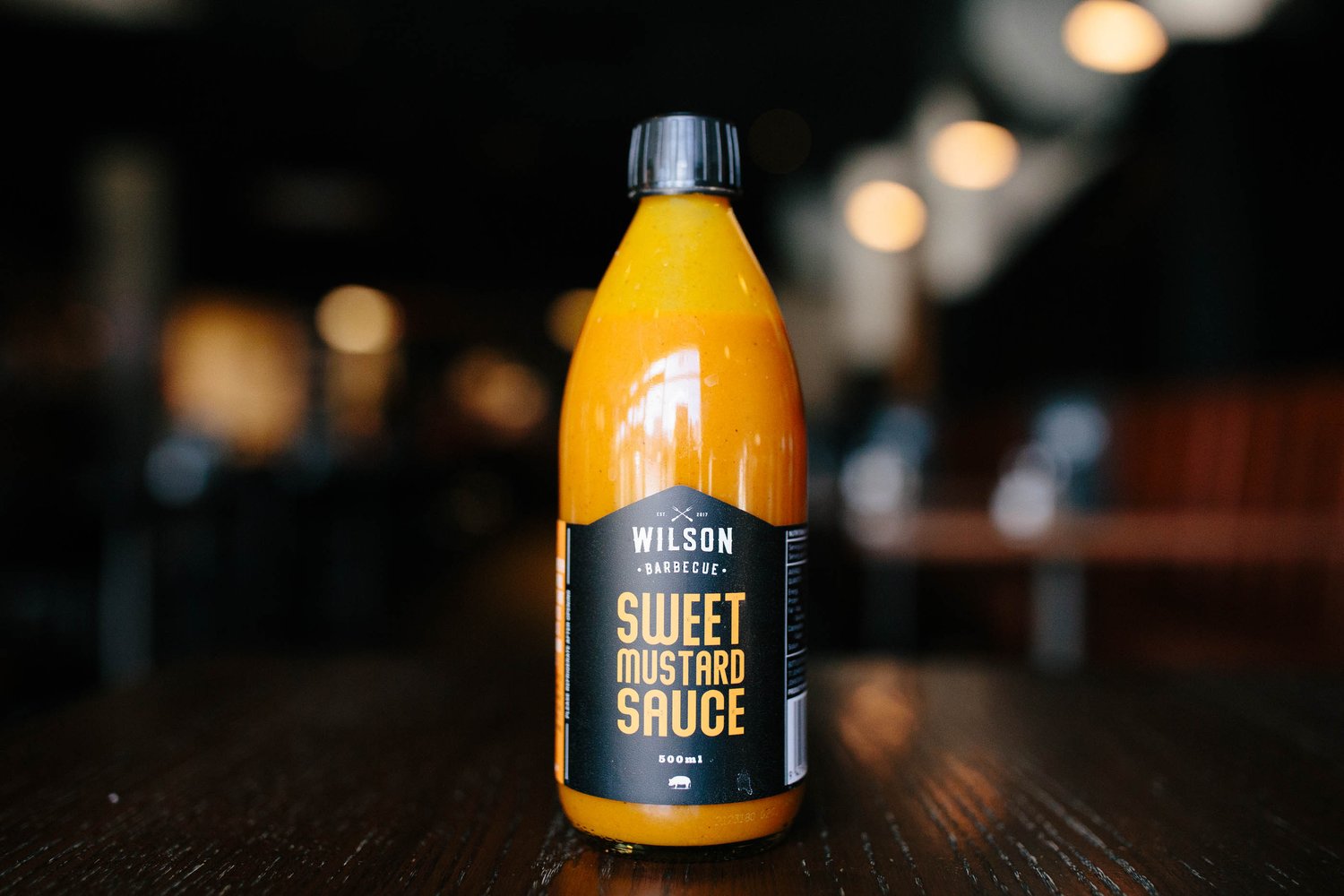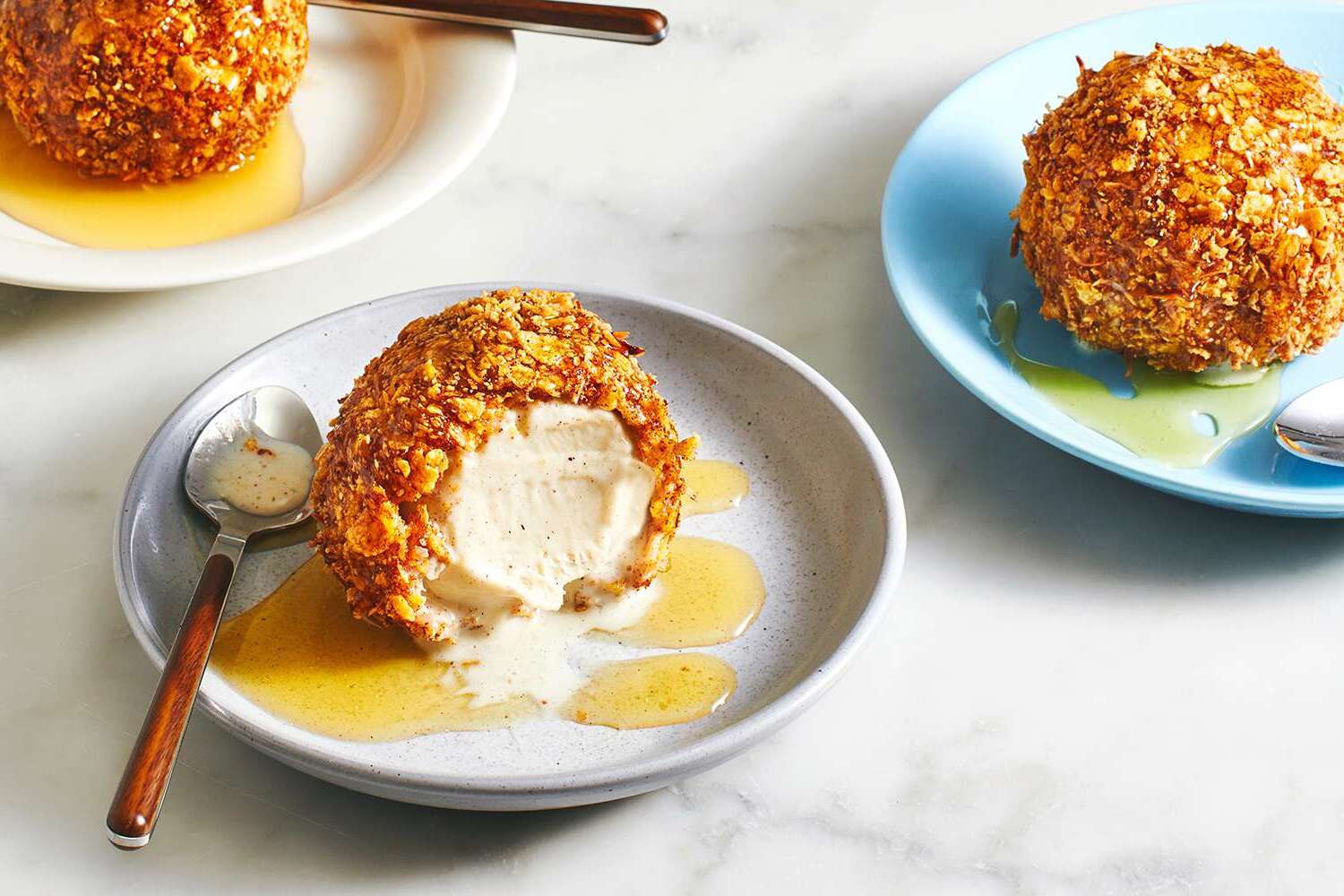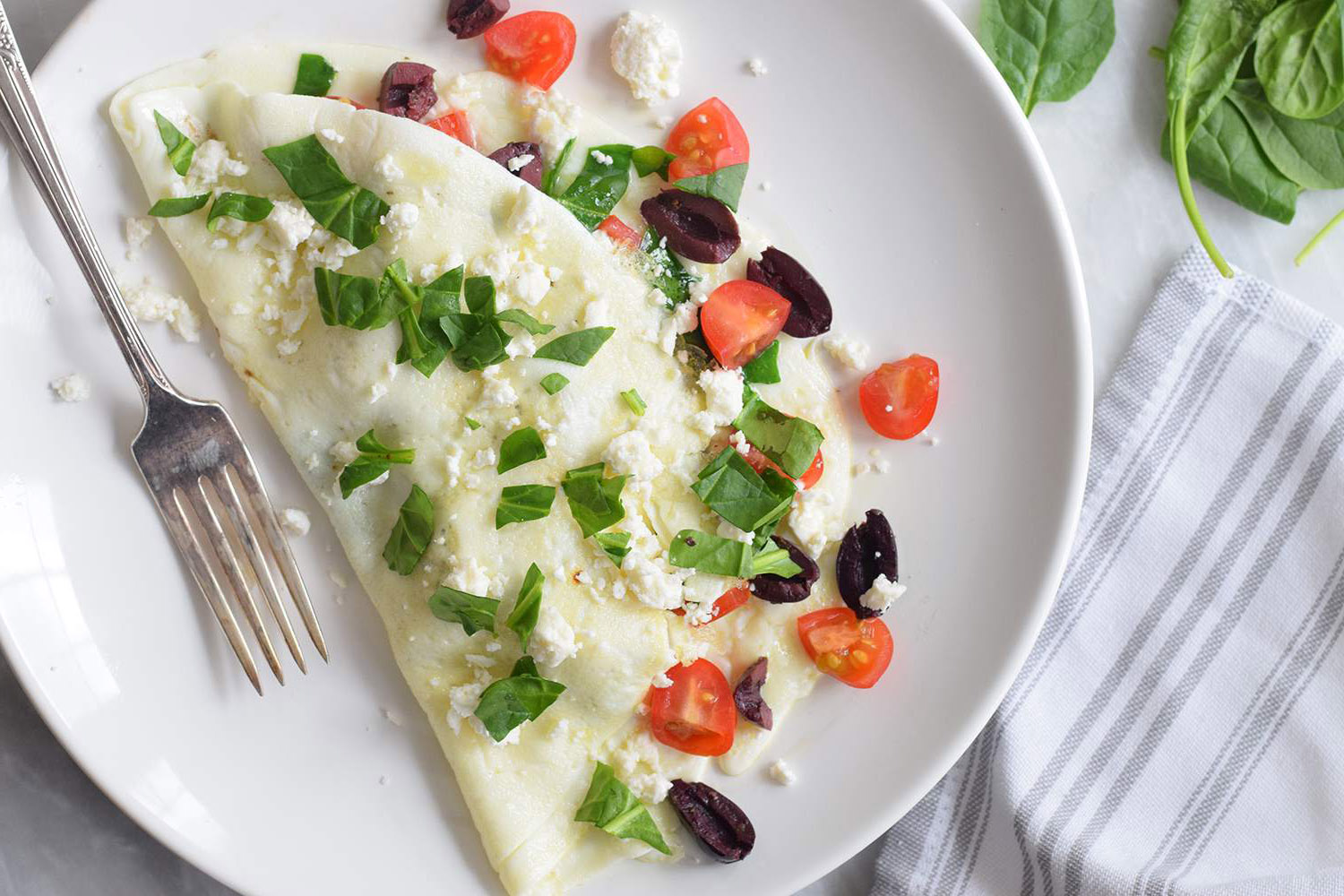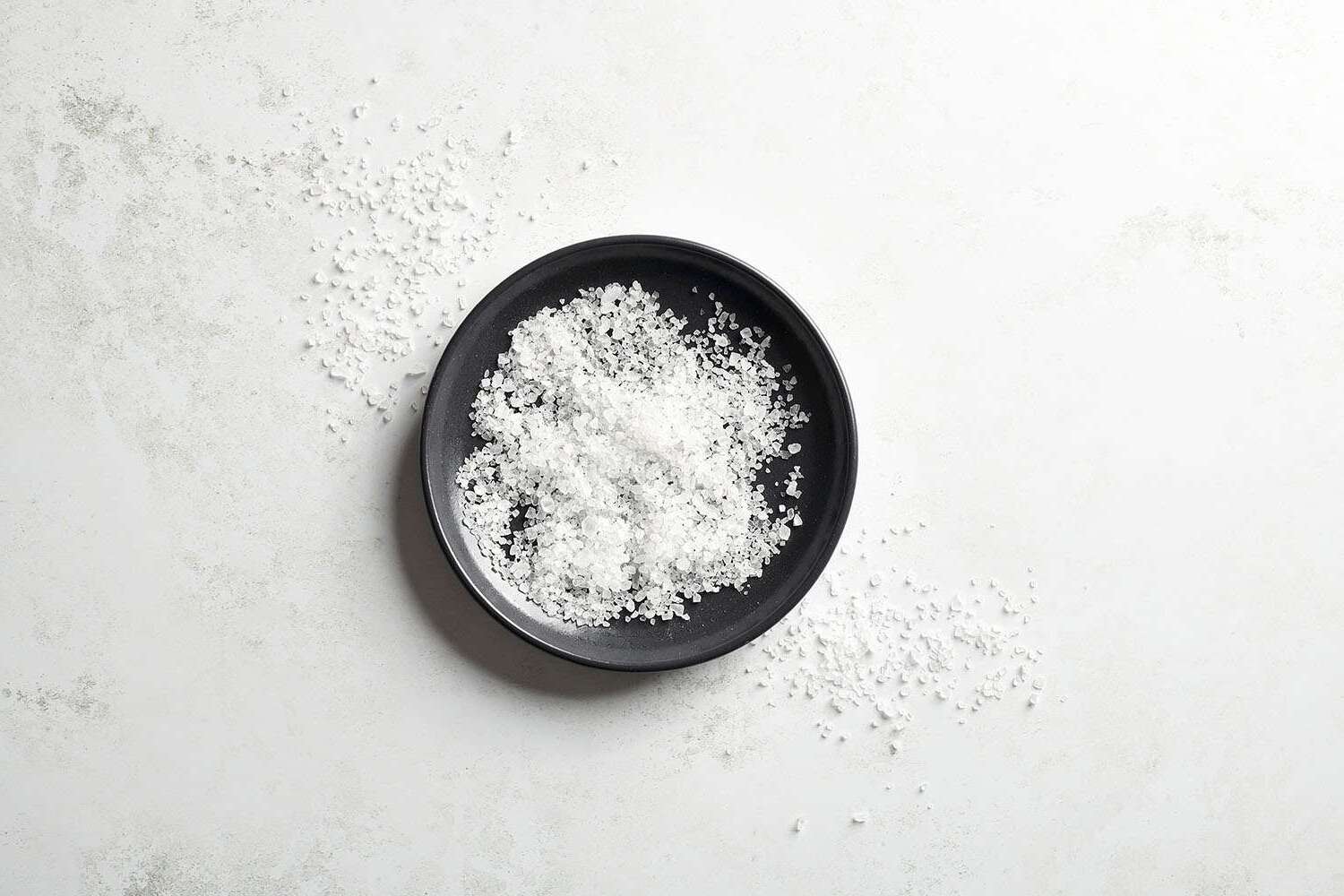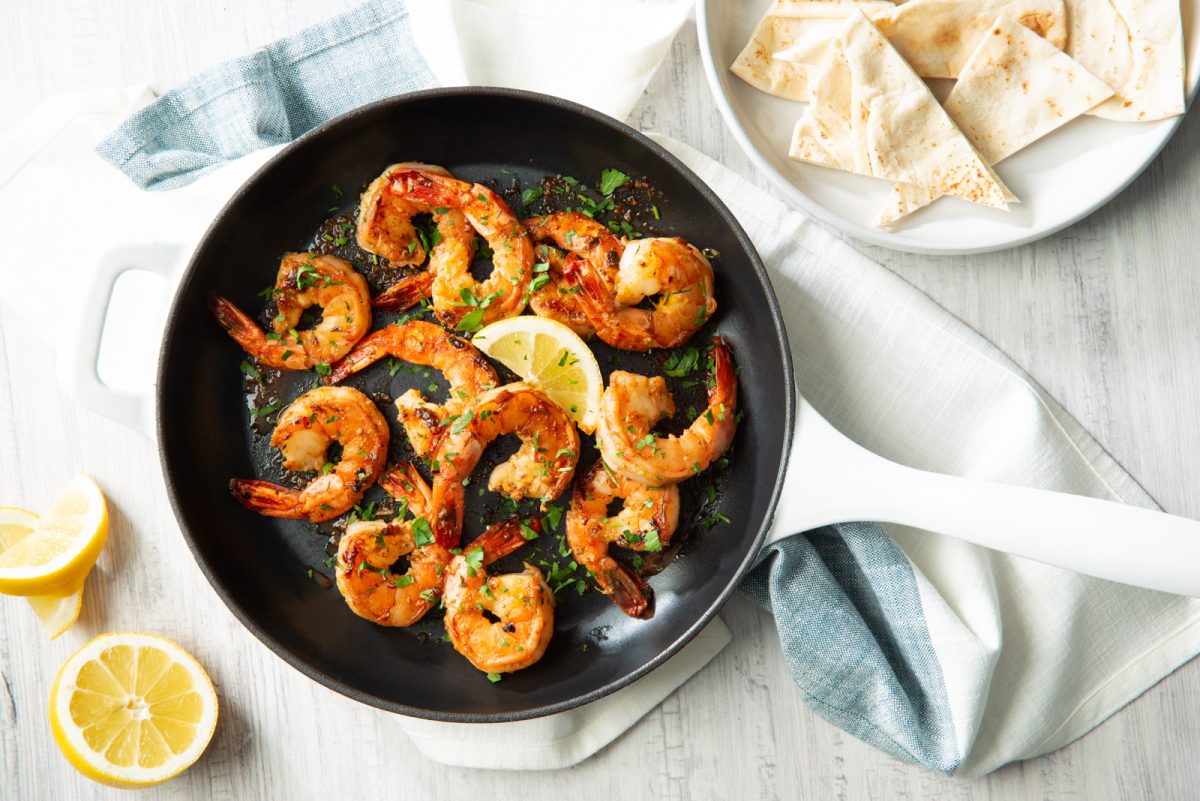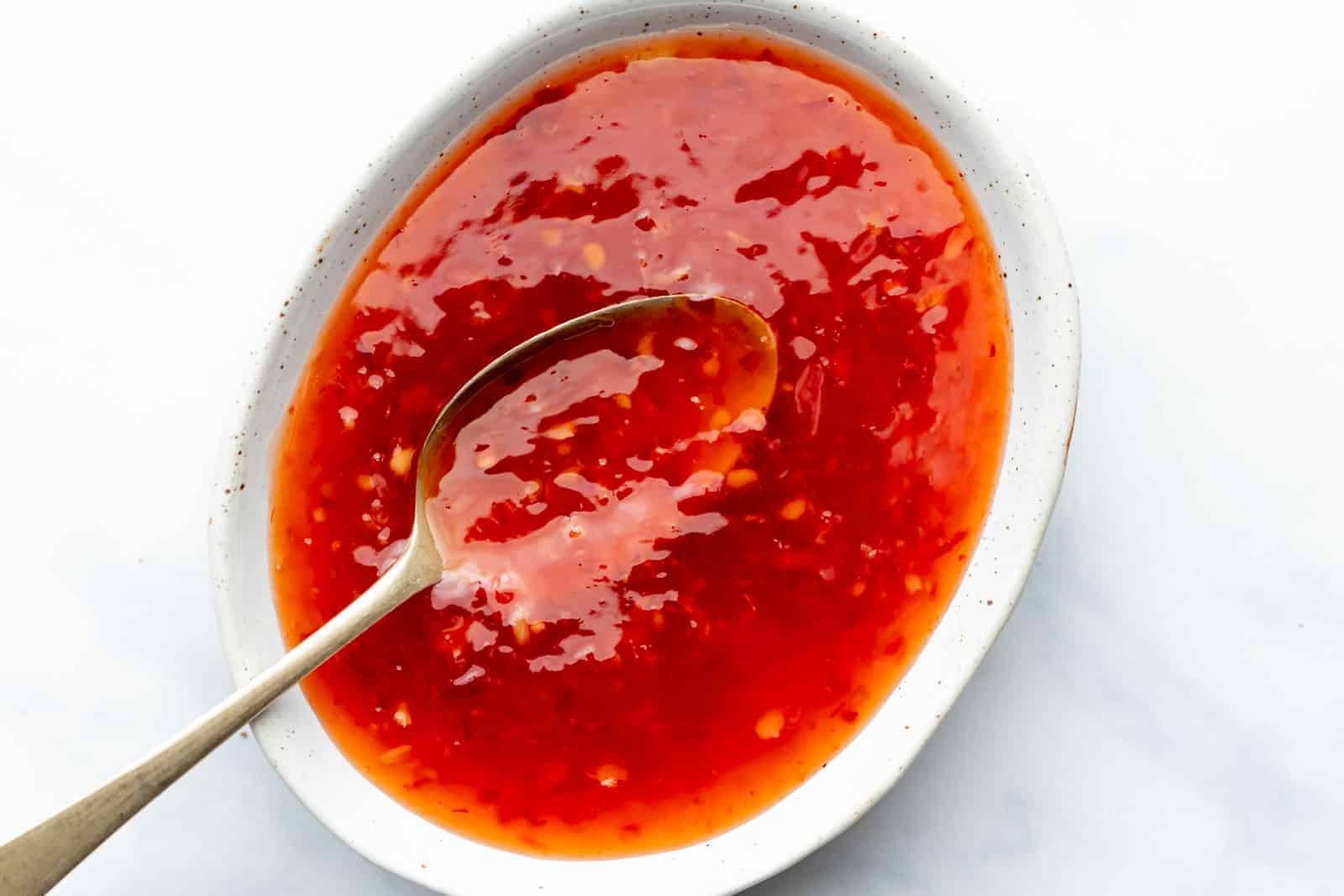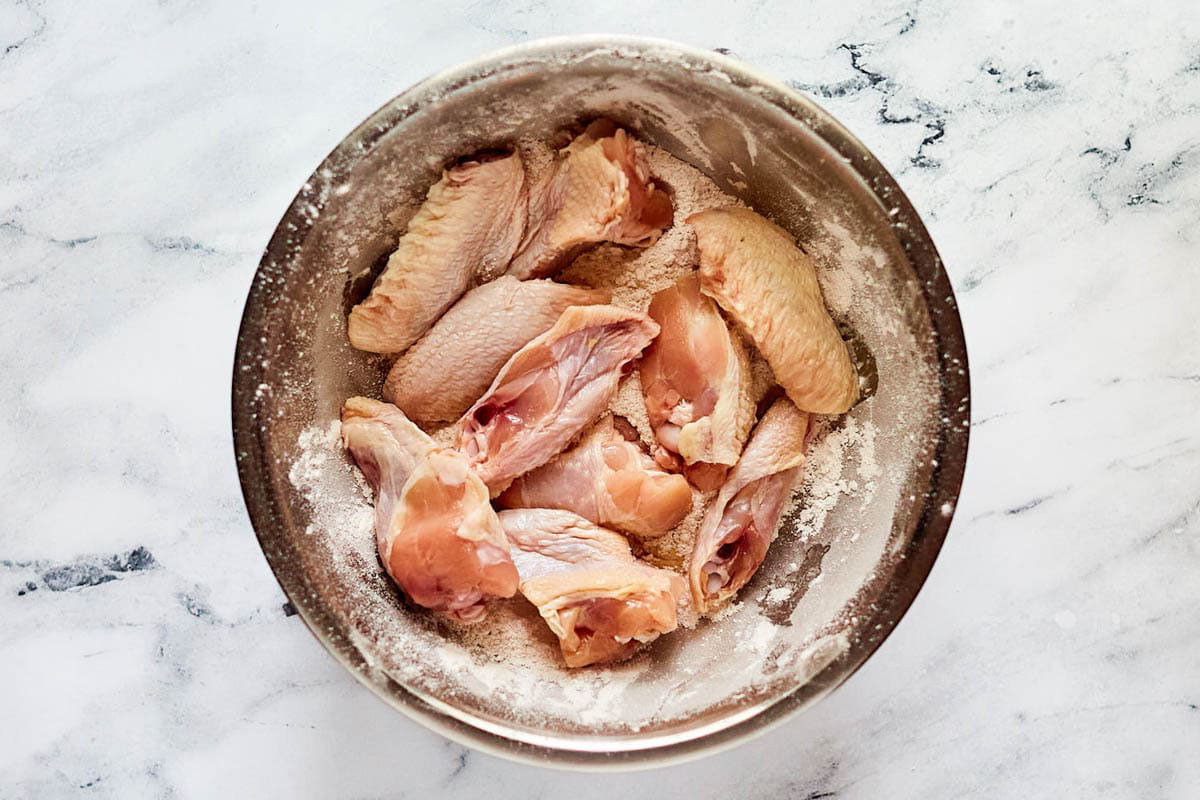Understanding Fluting in Baking
When it comes to baking, there are various techniques and terms that may seem unfamiliar to beginners. One such term is “fluting,” which is commonly used in the context of pie making. So, what exactly is fluting in baking?
Fluting refers to the decorative pattern or design that is created along the edge of a pie crust. It not only serves an aesthetic purpose but also helps to seal the pie and prevent the filling from leaking out during the baking process. Fluting is typically done using the fingers or a specialized tool called a pastry wheel or crimper.
How to Flute a Pie Crust
Fluting a pie crust is a simple yet effective way to add a touch of elegance to your baked goods. Here’s a step-by-step guide on how to flute a pie crust:
- After rolling out the pie dough and placing it in the pie dish, trim any excess dough from the edges, leaving about half an inch of overhang.
- Using your fingers or a pastry wheel, create a decorative pattern along the edge of the crust. This can be done by gently pressing the dough between your thumb and index finger at regular intervals or by using a crimping tool to create a more intricate design.
- Continue the fluting pattern around the entire perimeter of the pie crust until you reach the starting point.
- Once the fluting is complete, the pie is ready to be filled and baked according to your recipe’s instructions.
Why Fluting is Important
While fluting may seem like a purely decorative technique, it serves a practical purpose in baking. The crimped edges of a fluted pie crust help to secure the top and bottom crusts together, creating a tight seal that prevents the filling from bubbling out during baking. This is especially important for fruit pies and other fillings with high moisture content.
Additionally, the fluted edge adds visual appeal to the finished pie, making it look more professional and inviting. Whether you’re baking for a special occasion or simply indulging in a homemade treat, the extra effort put into fluting the pie crust can make a world of difference in the overall presentation.
Experimenting with Fluting Designs
While the traditional fluted edge is a classic choice for many pies, there are endless possibilities for experimenting with different fluting designs. From simple crimps to intricate braids and weaves, the edge of a pie crust can be customized to suit the occasion or the baker’s creative vision.
Some popular fluting variations include:
- Braided Edge: Strips of dough are woven together to create a braided effect along the edge of the pie crust.
- Scalloped Edge: Small, uniform curves are created along the edge of the crust, resembling a scallop shell.
- Rope Edge: Thin ropes of dough are twisted and pressed onto the crust to form a rope-like pattern.
By experimenting with different fluting techniques, bakers can add a personal touch to their pies and elevate the overall presentation of their baked creations.
In Conclusion
Fluting is a simple yet impactful technique that adds both functionality and beauty to a pie crust. Whether you opt for a classic fluted edge or get creative with unique designs, mastering the art of fluting can take your baking skills to the next level. So, the next time you’re preparing a pie, don’t forget to give the crust a little extra love with some expertly fluted edges!
Was this page helpful?
Read Next: What Is Crab Dip
